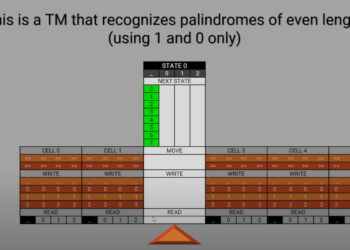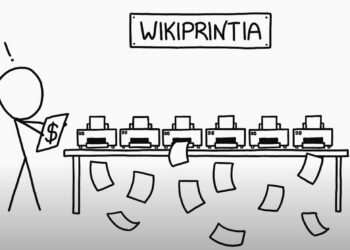
Image via CrunchBase
Facebook was once touted as a major new driver of Web 2.0 applications after it opened up Facebook Platform in 2007. Facebook Platform allowed application developers to create Facebook applications that reached millions of users on a powerful social media infrastructure. The results were astounding, with applications gaining tens of thousands of users almost overnight.
Recently, Facebook redesigned, driving its applications underground. Exactly why this happened is explicated nicely in a blog posting and accompanying video presentation at the allFacebook blog. Surprisingly, even close collaborators were caught off-guard, the implications of Facebook’s redesign only being noticed when usage of applications dropped like a stone.
Why would Facebook do this?
To grow even more.
As Scott Rafer from Lookery states in the video, Facebook is shameless about growth. Adding applications drove people to Facebook in large numbers, and helped Facebook inflect its growth upward significantly. Now, to grow more, Facebook needs a new approach, and applications get in the way.
What is this new approach? Facebook Connect.
By making API‘s available, Facebook enters the general Web more aggressively, and will extend its platform into more realms, get more users, and have more sites developing Facebook integrations than ever before.
According to Rafer, Facebook is willing to leave some casualties behind in its pursuit of growth.
This explains why our Facebook applications at NEJM have been slow to be adopted. We launched them just as Facebook changed, and until very recently, nobody knew what their strategy was. Now, it appears clear — Facebook wants our traffic, and they will lure us to build bridges for them into our audiences.
Given the trends online, we may have no choice but to go along.
Related articles by Zemanta
Discussion
1 Thought on "Is the Facebook Platform Dead?"
Note that Facebook’s growth appears to have plateaued and is now in decline:
![Reblog this post [with Zemanta]](http://img.zemanta.com/reblog_e.png?x-id=11054018-82fe-4b18-9dd8-0faa1ec68904)


